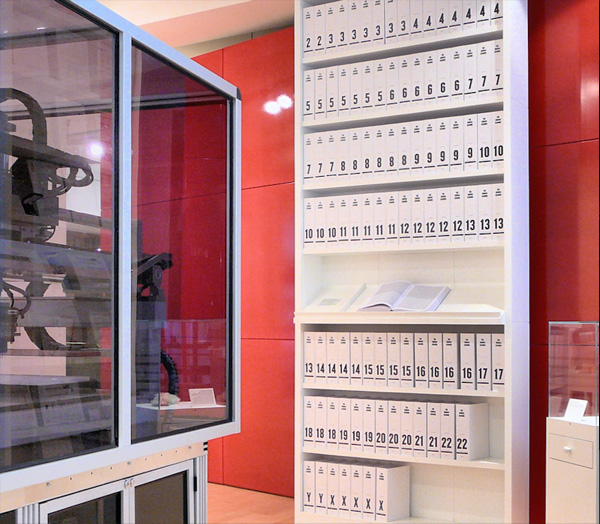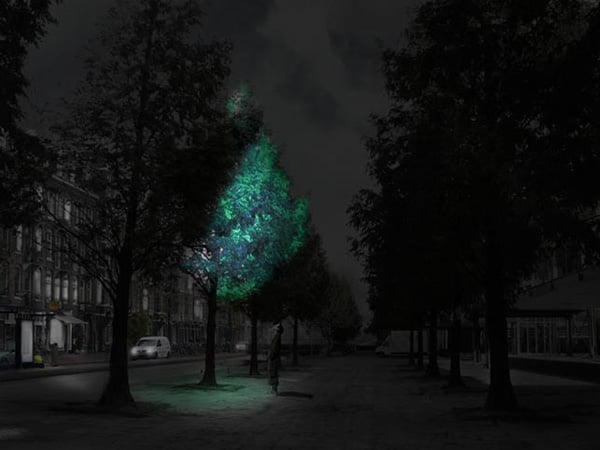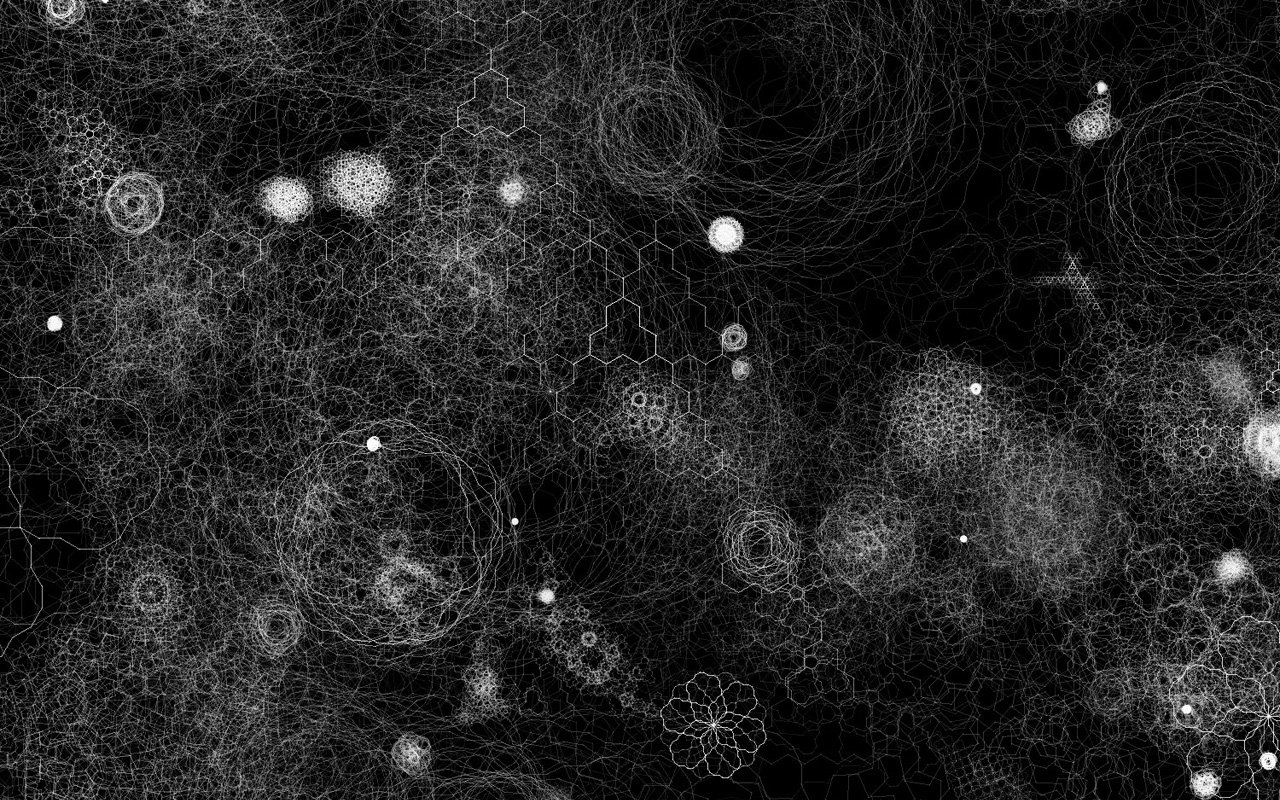This is the second in a series of six articles looking at the future of experience design for emerging technologies — including the Internet of Things, robotics, genomics / synthetic biology, and 3D printing / additive fabrication. The first article was The Future of Design: UX for Emerging Technologies.
The greatest design challenges of this century may not be found in the bits and bytes of the digital world, but rather in the realm of nature itself. We are only at the very beginnings of understanding what it means to modify DNA, the code of life.
In 2003, the publicly funded Human Genome Project sequenced the entirety of our DNA, providing the blueprint for building a human being at a price of $3 billion. President Clinton, announcing the working draft sequence of the Human Genome in 2000, said: “Without a doubt, this is the most important, most wondrous map ever produced by human kind.”
Fast forward just over a decade, and the cost of sequencing a human genome has dropped to roughly $1,000 — an exponential reduction in price far exceeding what Moore’s Law would predict. A host of companies are racing to introduce technology to make even more rapid and inexpensive sequencing possible. With the widespread affordability of this sophisticated test quickly becoming reality, genomics can provide the map for a new wave of personalized therapies — highly targeted drugs for fighting cancer, cardiovascular disease, diabetes, and other hereditary illnesses.

The human genome transcribed into more than a hundred volumes. Each book is a thousand pages long, written in type so tiny it can hardly be read. Photo by Russ London. License: CC-BY-SA-3.0
As with genome sequencing, the price of DNA synthesis continues to drop. It is now 25 cents per base pair or less via services like GenScript, DNA 2.0, and others. Writing the code of life is the cornerstone of the science of synthetic biology — the intentional design and engineering of biological systems — that will make incredible things possible. George Church, geneticist, Harvard professor, and perhaps the most well-known scientist in this field, in his book “Regenesis”, outlines some of the inventive solutions offered by this future potential, including bio-fuels, targeted gene therapies, and even virus-resistant human beings. In Church’s expansive vision, we see a future where humans have the capability to design and change the fabric of biology and human evolution.
A Multi-Disciplinary Approach
The challenges inherent in genomics and synthetic biology are far too great for an individual to encompass the requisite cross-domain knowledge. For this kind of work, then, the team will become paramount. It is a multi-disciplinary mix of scientists, engineers, and designers that will be best positioned to understand and leverage these technologies — and it is crucial that these creative disciplines evolve together. From such collaborations new roles will be created — perhaps we will soon see a great need for the synthetic biological systems engineer.
This cross-pollination of science, design, and engineering is already happening at organizations like the Wyss Institute at Harvard, whose mission is to develop materials and devices inspired by nature and biology. The Wyss structures itself around multi-disciplinary teams. Forward-thinking design firms are adding synthetic biology to their established practices of industrial and digital design.
As an example of this cross-pollination, in a presentation, “Life is what you make it,” given at a Friday Evening Discourse at The Royal Institution of Great Britain in London, esteemed scientist and Imperial College professor Paul Freemont described how biological design could take its cues from computer software engineering, using an abstraction hierarchy for biological design. In the design of complex systems, an abstraction hierarchy allows engineers to focus on solving the problems at hand, because they don't necessarily need to understand the complexity of the lower levels of the hierarchy. In software development, for example, engineers can code in Java or C++ and not need to understand the machine-level code that ultimately executes the program. In the coming revolution in biological design, such an abstraction hierarchy will allow bio-engineers to operate similarly.
While programming may be an apt analogy for that manipulation of nature, there are fundamental differences between the writing of computer code and genetic code. Even if we know the outcome of the genetic code we write, the environment into which it is released is far more complex then the controlled operating system of a computer or mobile device. There is so much unknown about biological systems that prototyping and testing will be critical steps for responsible innovation. While designers won’t necessarily need to become genetic engineers to contribute to the field of synthetic biology, we’ll need to understand the materials just as deeply.
Innovative designers like Alexandra Daisy Ginsberg and Daan Roosegaarde are already incorporating synthetic biology into their forward-looking projects that run the gamut from bacteria that change color to indicate the presence of toxins in our gut, through our fecal matter to glowing trees to light our streets and highways.
To find our way forward as designers, we must be willing to take risks — relying upon a combination of our education, experience, and intuition — which can be key to innovation. We must always keep in mind both the benefits and consequences for people using these new technologies, and be prepared for mixed results.

Studio Roosegaarde's visualization of a light-emitting tree with a bio-luminescent coating, as seen on Dezeen.com.
Designing for Emerging Technologies
If you're interested in further exploration of this topic, check out "Designing for Emerging Technologies", coming from O'Reilly Media this December, a project on which I was honored to serve as editor. In this book, you will discover 20 essays, from designers, engineers, scientists and thinkers, exploring areas of fast-moving, ground breaking technology in desperate need of experience design — from genetic engineering to neuroscience to wearables to biohacking — and discussing frameworks and techniques they've used in the burgeoning practice area of UX for emerging technologies.
The article header image is an algortithmically generated artwork, created especially for the "Designing for Emerging Technologies" project by Seth Hunter.
